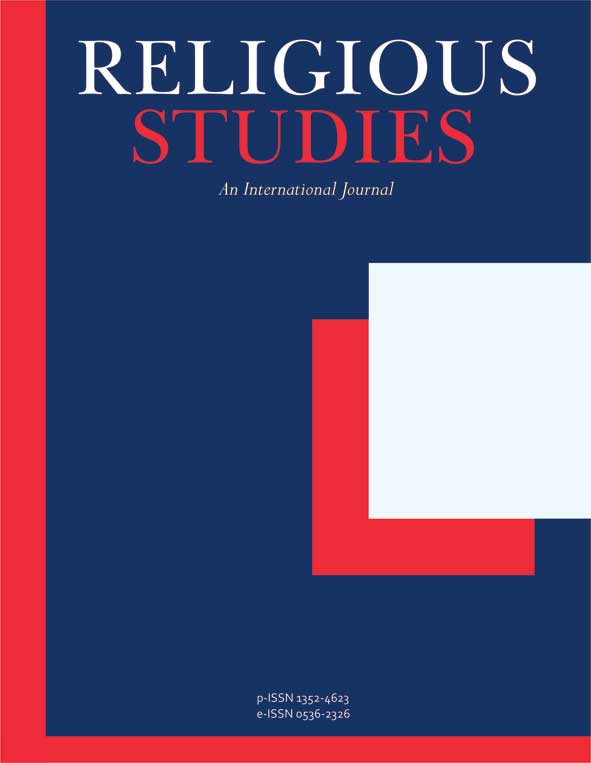Curriculum Revolution in Muslim Classrooms: Contemporary Reforms from the Gulf to Southeast Asia

Abstract
This article examines the "curriculum revolution" currently underway in Muslim classrooms, analyzing contemporary reforms of Islamic education across a vast geographical and socio-political landscape, specifically comparing efforts in the Gulf states and Southeast Asia. The research operates on the premise that globalized challenges—ranging from economic diversification needs to counter-extremism efforts—have necessitated fundamental shifts in how religious and secular knowledge are integrated and delivered. The study contrasts two distinct drivers of reform: In the Gulf states, reforms are often top-down, state-mandated, and primarily focused on modernizing curricula to support high-tech, post-oil economies while maintaining doctrinal conformity and national stability. Conversely, reforms in Southeast Asia (e.g., Malaysia and Indonesia) are often characterized by more decentralized, bottom-up movements, aiming for greater religious pluralism, democratic citizenship, and balancing traditional pesantren or madrasah education with modern skills development. By employing a comparative policy and content analysis, this paper assesses the scale and impact of these curriculum changes on learning materials, pedagogical practices, and teacher training. The findings highlight both the common challenges—such as overcoming institutional inertia and negotiating religious authority—and the varied successes in producing graduates equipped for the 21st century. Ultimately, the article illuminates how these curriculum revolutions reflect the diverse national projects of modernization within the Muslim world.